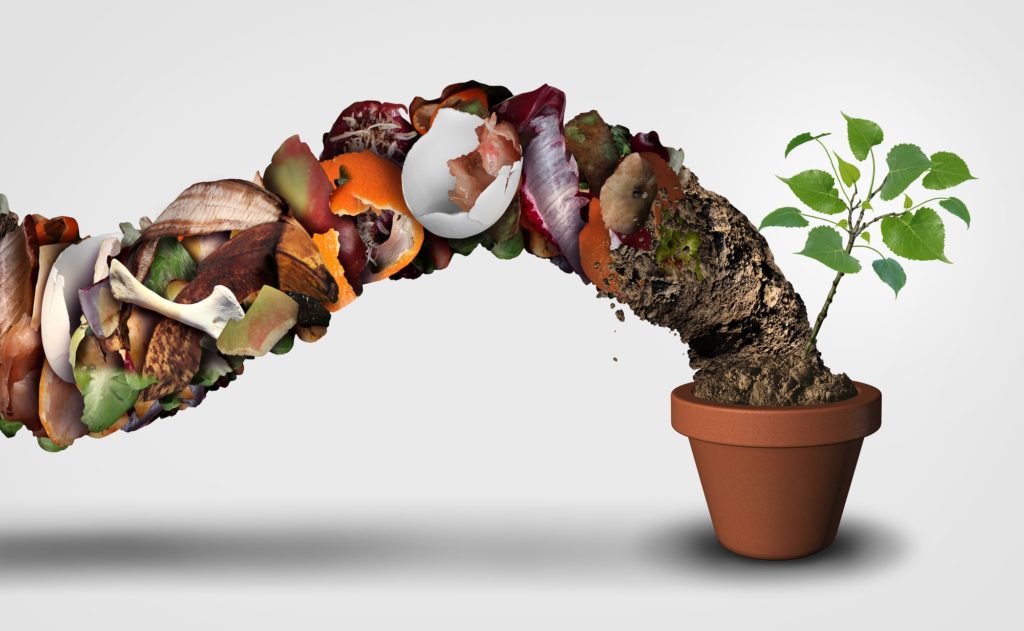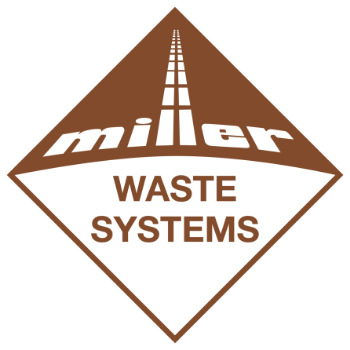You may think that food waste naturally decays back into the soil and doesn’t need special attention for waste disposal. Materials from organic sources like plants and animals will indeed biodegrade independently. But there are plenty of good reasons to recycle them. Here’s an overview of the organic waste recycling process.

Why organic waste matters
Organic waste includes “green waste,” like food, untreated wood and garden trimmings. Some fabrics, packaging materials, animal waste like manure and fodder are also considered organic waste.
Without effective management, organic waste can be harmful, releasing methane gases and creating moist environments for bacteria to breed. Instead, these biodegradable materials can be converted into nutrients and energy. An organic waste processing facility turns organic waste into beneficial resources.
Organic recycling process
The process of recycling organic material comprises several steps and varies depending on the intended end-use of the material.
1. Collection can be handled on a residential scale with backyard composters or a large municipal or industrial scale.
2. Decontamination separates treatable matter from contaminants and non-biodegradable substances like glass or plastic.
3. Preparation. The organic waste is shredded or treated with recycling agents.
4. Recycling methods vary depending on the nature of the organic matter and its intended use.
5. Screening and grading ensure recycled materials are distributed to appropriate end-use applications.
Methods of organic waste disposal
Methods of repurposing organic waste vary from complex industrial processes to common-sense community arrangements.
- Donation of food scraps to a local farm for use as cattle feed extends the life of household waste while helping the farmer’s bottom line. Other benefits include methane reduction and a lessened burden on local waste management systems.
- Composting decomposes organic material using controlled heat and moisture production. This aerobic process recycles nitrogen, phosphorus, potassium and other nutrients into soil-enriching humus.
- Anaerobic digestion employs micro-organisms to convert organic waste into nutrient-rich matter and bio-gasses. This method can be used on wastewater, sewage and animal manure.
- Rendering converts animal tissue into useable materials by destroying pathogens with high heat and pressurization. The resulting materials can be used for animal food production or soap making.
- Rapid thermophilic digestion accelerates the fermentation process. This method is commonly used on wastewater and sewage, and the resulting material can increase soil fertility.
Waste management in Manitoba, Ontario, New Brunswick and Nova Scotia
Miller Waste Systems provides innovative solutions for the recycling and processing of organic waste material. Our organic recycling solutions return products as compost and landscaping material to the consumer. Contact us to learn how we can support your waste management system.
